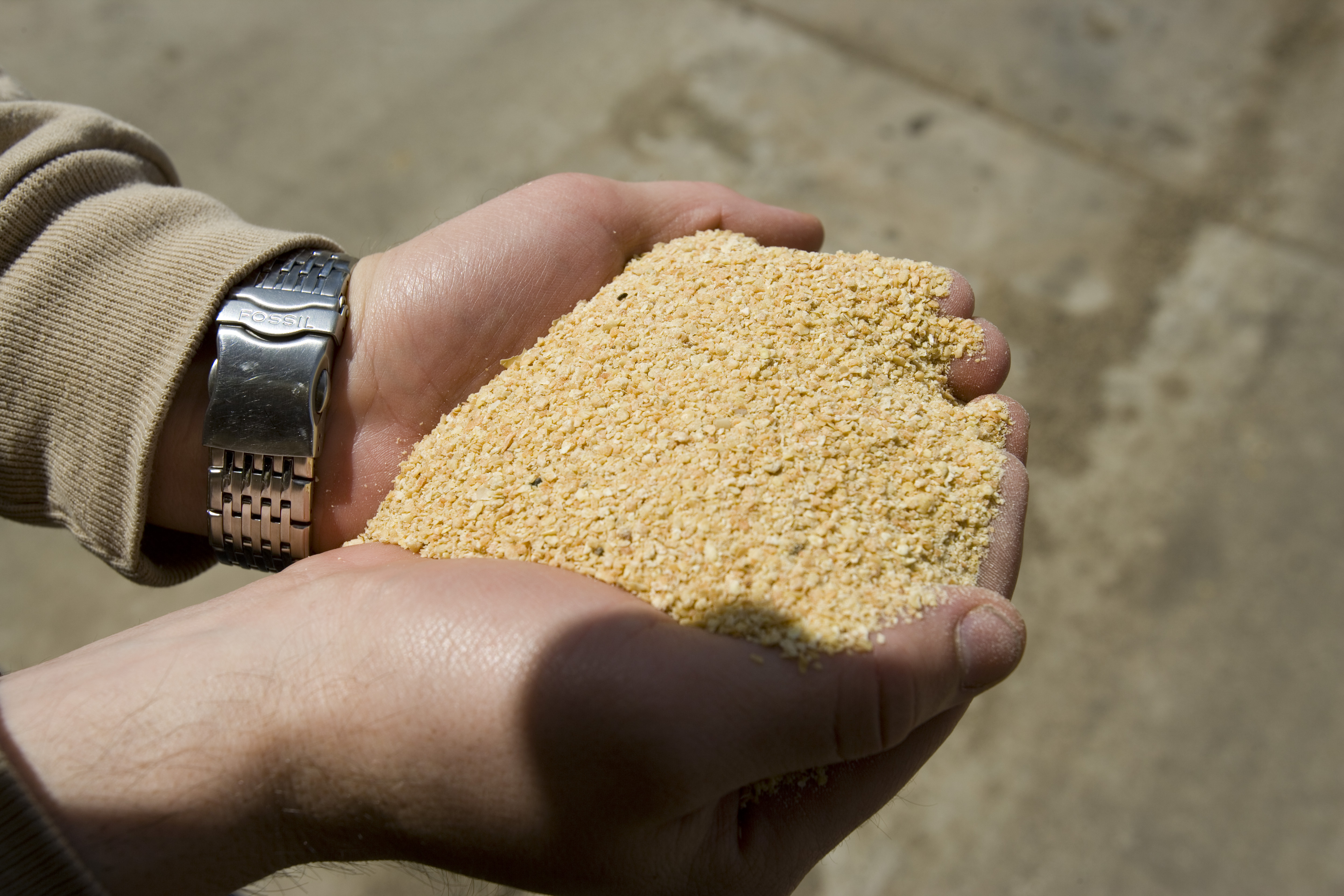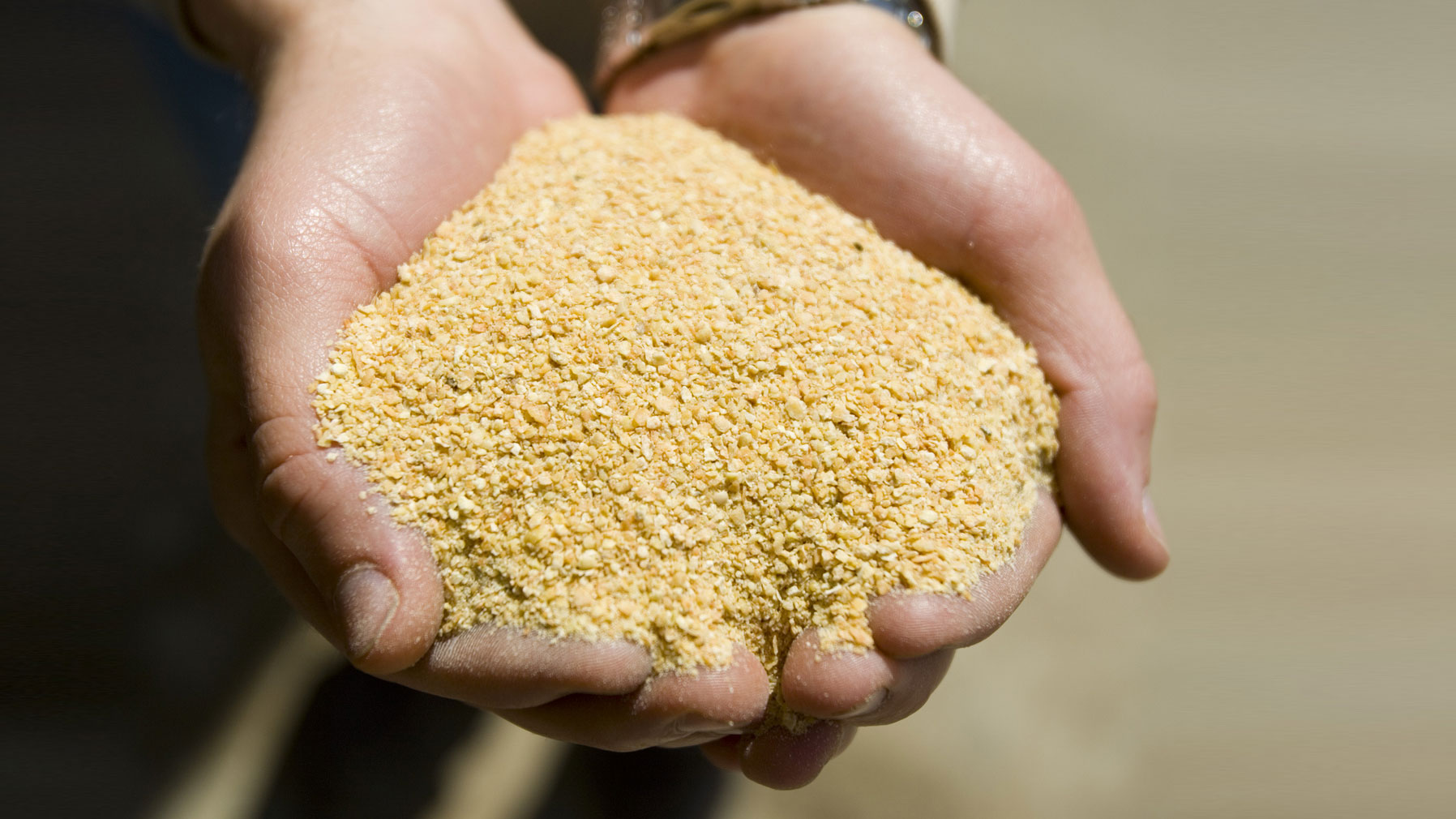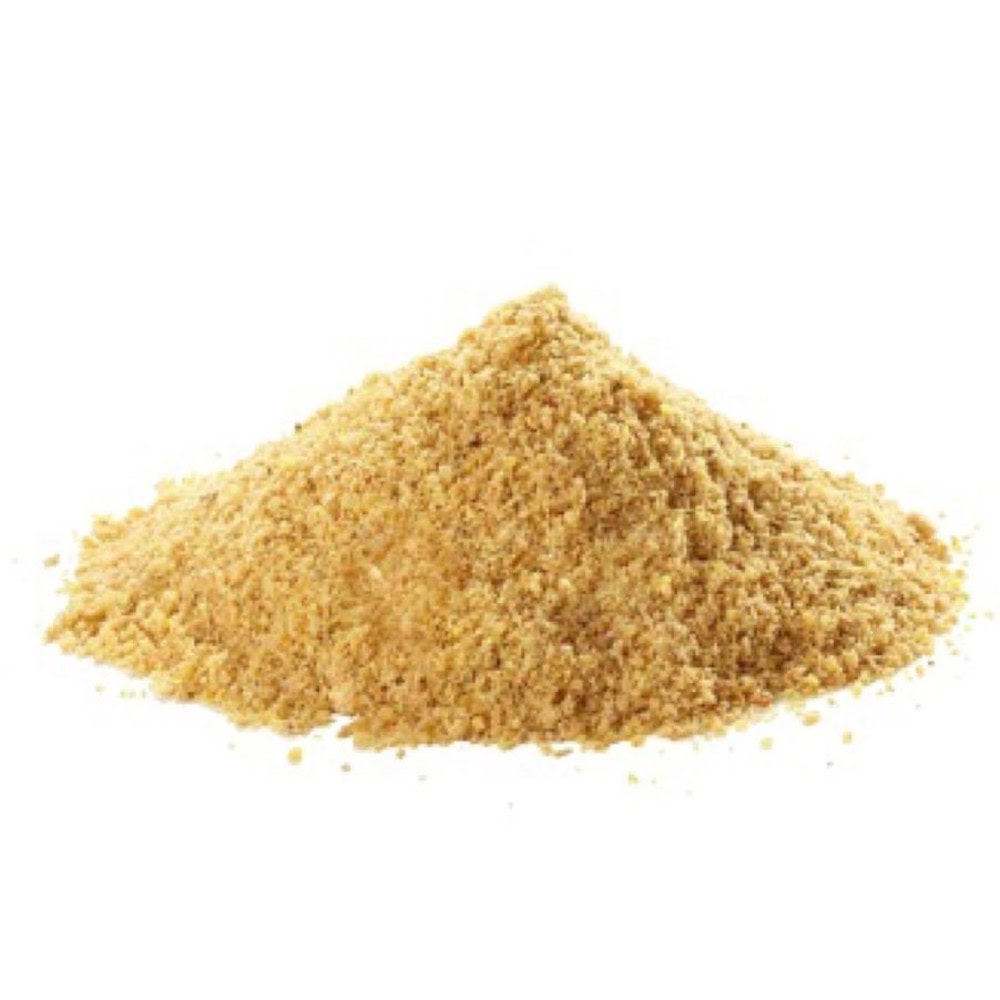Soybean Meal: A Comprehensive Analysis
Introduction
Soybean meal, a byproduct of soybean oil production, has become an essential component in animal feed formulations worldwide. Its high protein content and cost-effectiveness make it a preferred choice for livestock farmers. This article aims to provide a comprehensive analysis of soybean meal, including its production, nutritional value, environmental impact, and potential applications in various industries.

Production of Soybean Meal
Harvesting and Processing
Soybean meal is produced from soybeans, which are harvested during the late summer or early fall. The process involves several steps, including harvesting, cleaning, hulling, and cracking. The soybeans are then roasted and ground into a fine powder, resulting in soybean meal.
Global Production and Trade
The global production of soybean meal has been steadily increasing over the years, driven by the growing demand for animal feed. The United States, Brazil, and Argentina are the leading producers of soybean meal, accounting for a significant share of the global market. The trade of soybean meal is also substantial, with major exporting countries including the United States, Brazil, and Paraguay.

Nutritional Value of Soybean Meal
Protein Content
One of the primary reasons for the popularity of soybean meal in animal feed is its high protein content. It contains approximately 48% crude protein, making it an excellent source of amino acids for livestock. The protein quality of soybean meal is also comparable to that of animal proteins, such as fish meal and meat meal.
Amino Acid Profile
Soybean meal has an excellent amino acid profile, with a good balance of essential amino acids required for animal growth and development. However, it is deficient in the sulfur-containing amino acids methionine and cysteine. Therefore, it is often supplemented with other amino acids to meet the nutritional requirements of animals.

Environmental Impact of Soybean Meal Production
Deforestation and Biodiversity Loss
The expansion of soybean cultivation for soybean meal production has led to significant deforestation and biodiversity loss in South America, particularly in Brazil. The conversion of forests to soybean plantations has resulted in habitat destruction, loss of biodiversity, and increased greenhouse gas emissions.
Water Usage and Pollution
The production of soybean meal requires substantial water resources, particularly in regions with limited water availability. Additionally, the use of fertilizers and pesticides in soybean cultivation can lead to water pollution and soil degradation.

Potential Applications of Soybean Meal
Animal Feed
Soybean meal is widely used in animal feed formulations for various species, including pigs, poultry, and cattle. Its high protein content and cost-effectiveness make it an attractive option for livestock farmers.
Human Food
Although soybean meal is primarily used in animal feed, it can also be used in human food applications. It is a source of protein and can be used as an ingredient in various food products, such as tofu, tempeh, and soy milk.

Industrial Applications
Soybean meal has various industrial applications, including the production of biofuels, bioplastics, and other bioproducts. Its high protein content and low ash content make it suitable for these applications.
Conclusion
Soybean meal has become an essential component in animal feed formulations worldwide due to its high protein content and cost-effectiveness. However, the production of soybean meal has also led to significant environmental impacts, including deforestation, biodiversity loss, and water pollution. To mitigate these impacts, sustainable soybean production practices and alternative protein sources need to be explored. This article has provided a comprehensive analysis of soybean meal, including its production, nutritional value, environmental impact, and potential applications. Further research is needed to address the challenges associated with soybean meal production and to promote sustainable agricultural practices.
References

1. FAO. (2020). Food and Agriculture Organization of the United Nations. Retrieved from www./
2. Tisdall, C. E., & Wilson, J. (2002). The use of soybean meal in animal nutrition. Animal Feed Science and Technology, 99(1-2), 1-16.
3. Godfray, H. C. J., Beddington, J. R., Crute, I. R., Haddad, L., Lawrence, D., Muir, J. F., … & Godfray, H. C. J. (2010). Food security: the challenge of feeding 9 billion people. Science, 327(5967), 812-818.
4. Scherr, S. J., & McNeely, J. A. (2008). Biodiversity conservation and agricultural sustainability: towards a new paradigm. Frontiers in Ecology and the Environment, 6(1), 4-11.






